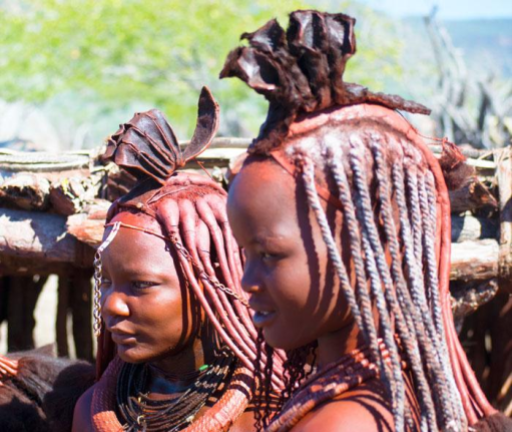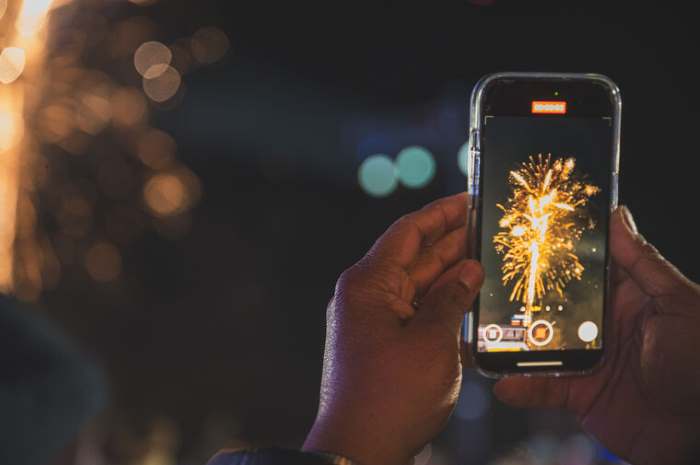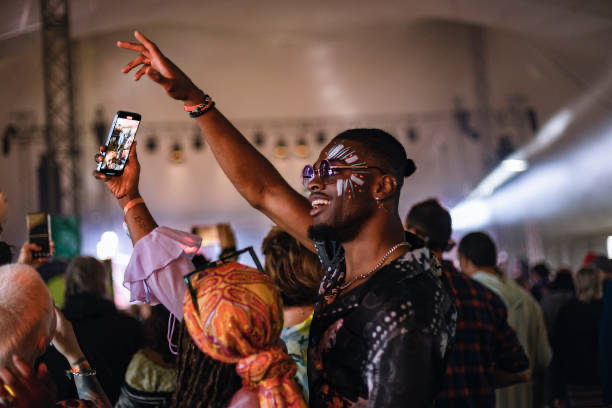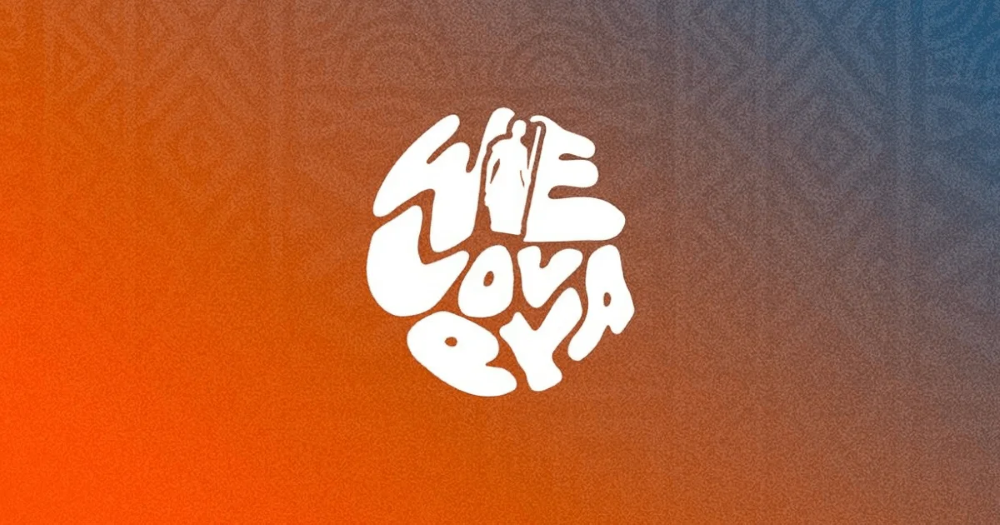Image Source: Ibiene.com
Along the southwestern coast of Africa lies the Republic of Namibia. With an estimated population of about 3,093,708 based on Worldometers‘ elaboration of the latest United Nations data and a territory of 317,874 sq. miles, Namibia is considered a young democracy in Southern Africa after gaining independence from South Africa in 1990.
Namibia is both diverse as a country and has a number of ethnic groups that reside within its space. The largest among them is the Ovambo tribe which makes up about 50% of the population, others are Damara, Kavango, Herero, Nama, Lozi, San, and Tswana.
Among the Herero ethnic group is the Ovahimba tribe or also known as the Himba tribe. A tribe of nomadic pastoralists, the Himba tribe can be found in the northern Kaokoland. A simple group of people, the Himba tribe has remained rooted in their traditions and culture. Not only could they be seen walking about with loincloths and goat-skinned skirts, but their homes also came in the form of mud huts constructed and bound together with a mixture of cow dung, mud, and palm leaves.
Due to the hot and harsh environment of Kaokoland, the Himba people are known to rub their bodies with Otjize, a paste made up of butter, fat, and red ochre. This not only protects them from the sun, but it also gives their appearance a rich bright red color.
While Otjize is a useful paste in protecting them from the harsh environment that is peculiar to their region. The paste also holds some significance to their culture and identity.
Cultural Significance of Red Ochre Paste
Ancestral Bond: Otjize is viewed to hold a spiritual connection for the Himba people. Its red ochre (an Iron Oxide material called Hematite) is gotten from the earth. The Himba people not only believe in the sacredness of the earth but also hold its importance as a medium of connection to their ancestors. The application of the red ochre paste in ritual ceremonies provides a form of homage to ancestral spirits for guidance and protection of the community.
Moisture Retention: Water is a scarce commodity among the Himba tribe because of their location which is around the desert region of Namibia. The red paste when combined with other ingredients like butter, fat, and even locally produced perfumes and evenly applied over the skin, provides the necessary moisture throughout the day thereby helping to regulate body temperature.

Image Source: Ibiene.com
Skin Care and Cleansing: The arid atmosphere of Kaokoland can be harsh and unforgiving especially as rainfall can be both scarce and irregular. With an extremely hot and dry climate and the threat of mosquitoes, to protect their skin the Himba people use the red ochre paste as a shield from the elements and insect bites. Also, the paste is a great cleansing tool for dirt that settles on the skin, and which comes off when the flakes of the paste are being removed.
Matrilineal Connection: The peculiarity of the Otjize is that it is mostly applied by the women of the Himba tribe. Signifying fertility, life, and a strong connection to the history and ancestry of the land, Himba women begin at an early age to apply this paste as a necessary part of their daily ritual. The knowledge of how to prepare and apply the paste is transferred through generations from mothers to daughters.
Aesthetic Adornment: Women from the Himba group are commonly seen in braids which they also cover up with Otjize as part of their beautification ritual giving them not only a unique look which earned them the moniker “Red Africans” but also reinforces the distinction in social status among the women.
Other Interesting Things About the Himba People
The Himba people operate a polygamous society where men are allowed to marry more than one wife. Early as well as arranged marriages are also common within its society. Fathers play a role in selecting suitable suitors for young maidens from the age of puberty. While frowned upon by the Namibian government, the practice continues nonetheless.
Hairstyles worn among the Himba women depict a social status within the community. Young girls who have not reached puberty would have two plaits of braided hair (ozondato) which is plaited to the front of her head. The pattern of the plait is also done to reflect the clan of her father from which she is descended and signals to males that she is unprepared for marriage.
At the point where a young maiden is ready to attract suitors for marriage, the same plaited locks are braided towards the back of her head making her face visible to suitors. Twin girls would wear single braids indicating they are one half of the other. Married women on the other hand who have had a child or have been married for more than a year would have a headdress (erembe) on top of their braids.

Okechukwu Nzeribe works with the Onitsha Chamber of Commerce, in Anambra State, Nigeria, and loves unveiling the richness of African cultures. okechukwu.onicima@gmail.com





